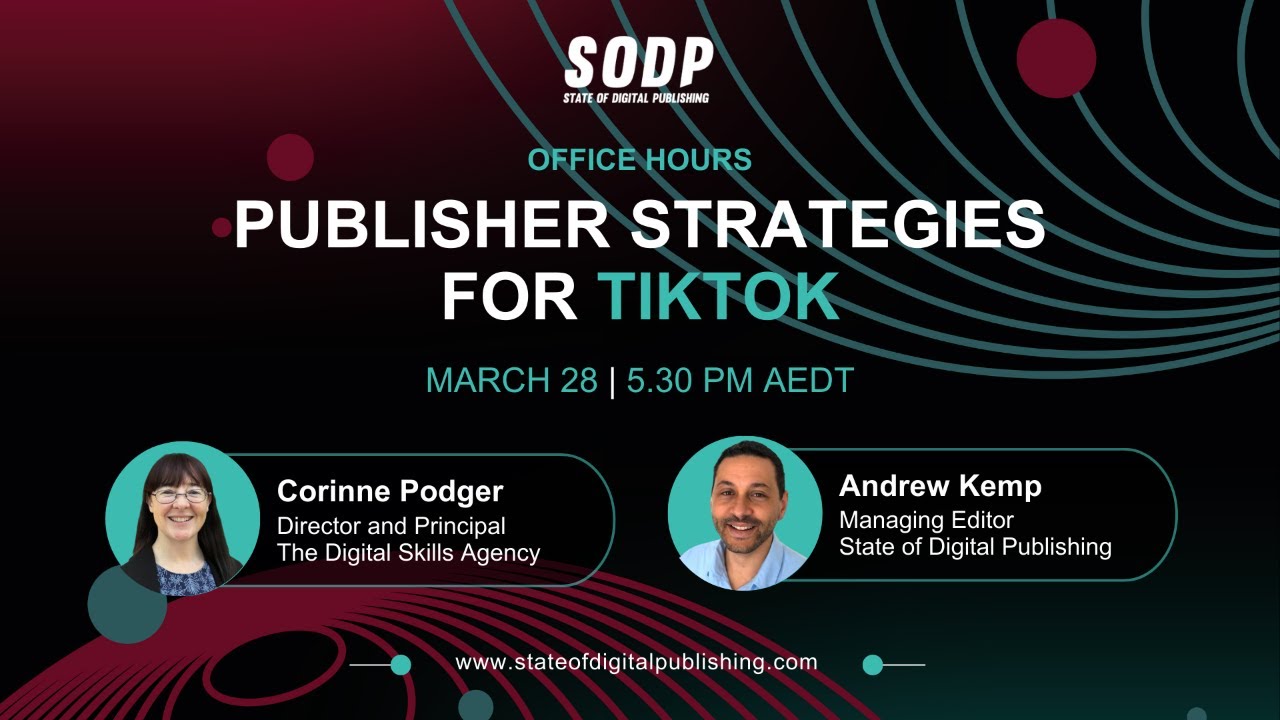What’s happening:
A recent report from the Agora Journalism Center suggests that newsrooms practicing public-powered, engaged journalism are finding some measurable success. The questions and debate over engaged journalism — connection, collaboration and interaction between publishers and their audiences — are hot topics in today’s newsroom.
While the benefits and results of such audience engagement has not been fully documented and is still an elusive metric, Hearken, a company that helps news organisations listen to the public as stories develop from pitch to publication — is making a strong case for both the journalistic and commercial value of such an engaged approach.
Why it matters:
Hearken claims that public-powered journalism not only deepens publishers’ relationship with their readers, but also makes news more relevant, and helps the media industry’s troubled business model. To study the results of engaged journalism, the Agora Journalism Center (AJC) at the University of Oregon interviewed reporters and editors from 15 newsrooms across the United States that are using Hearken as an approach to engage their readers.
AJC is an admirer of the Hearken model, and wanted to both examine how companies are using and finding success with it; as well as answer questions about how resource-strapped newsrooms are implementing Hearken’s approach to engagement, and what impact it has had on their culture and workflow.
Digging deeper:
All of the newsrooms interviewed by the AJC reported some degree of success in using Hearken to improve audience engagement. The mix of quantitative and qualitative measures span four dimensions of engagement:
- Reach
- Engaged time
- Quality (of individual stories and of overall performance)
- Conversion of engagement into memberships or subscriptions
The newsrooms that AJC talked to closely track how Hearken-driven stories compare to typical news stories, mostly by looking at internal rankings of stories according to the number of people clicking on the web version or downloading a podcast. A key indicator of success for many of these newsrooms was the amount of time the audience spent reading, viewing or listening to Hearken-driven stories.
The most ambitious goal for using Hearken is to convert initial interactions with question-askers into lasting relationships that yield memberships or subscriptions. But while Hearken promotes its tools by claiming that they help attract more paying subscribers, only a few news organisations that AJC spoke with had implemented a structured approach for doing so.
Case studies:
Some examples of newsrooms reporting some success with the Hearken model of engaged journalism include:
Content from our partners
- WUWM in Milwaukee reported that their Hearken-driven Bubbler Talk stories typically make it into the station’s top five of most-listened-to stories.
- LancasterOnline, which uses Hearken to produce its “We the People” series, told AJC that “Every one of our Hearken stories is in the top 50 posts of the year for engagement and time spent on the story.”
- Vermont Public Radio reported that their Hearken-driven web posts are some of the most engaging content online, with high readership time.
- The Texas Tribune reported more and longer engagement, with much lower bounce rates.
The flip side:
AJC also wanted to examine whether the Hearken engaged journalism approach also had any impact on journalists’ attitudes and expectations about their audience — whether the journalists’ had re-examined their perceptions of the public and embraced their readers as participants in news-making. The responses fell into two groups:
- The first group, consisting mostly of editors, said that their expectations and attitudes had not changed, because they believed in the value of audience engagement to begin with. Hearken only reinforced that belief and commitment to engaged journalism.
- The second group, consisting mostly of reporters, sometimes reported initial skepticism but also a move toward embracing deeper engagement with their readers. Some also found it rewarding to interact more directly and frequently with their audience.The full Agora Journalism Center report is available here.












